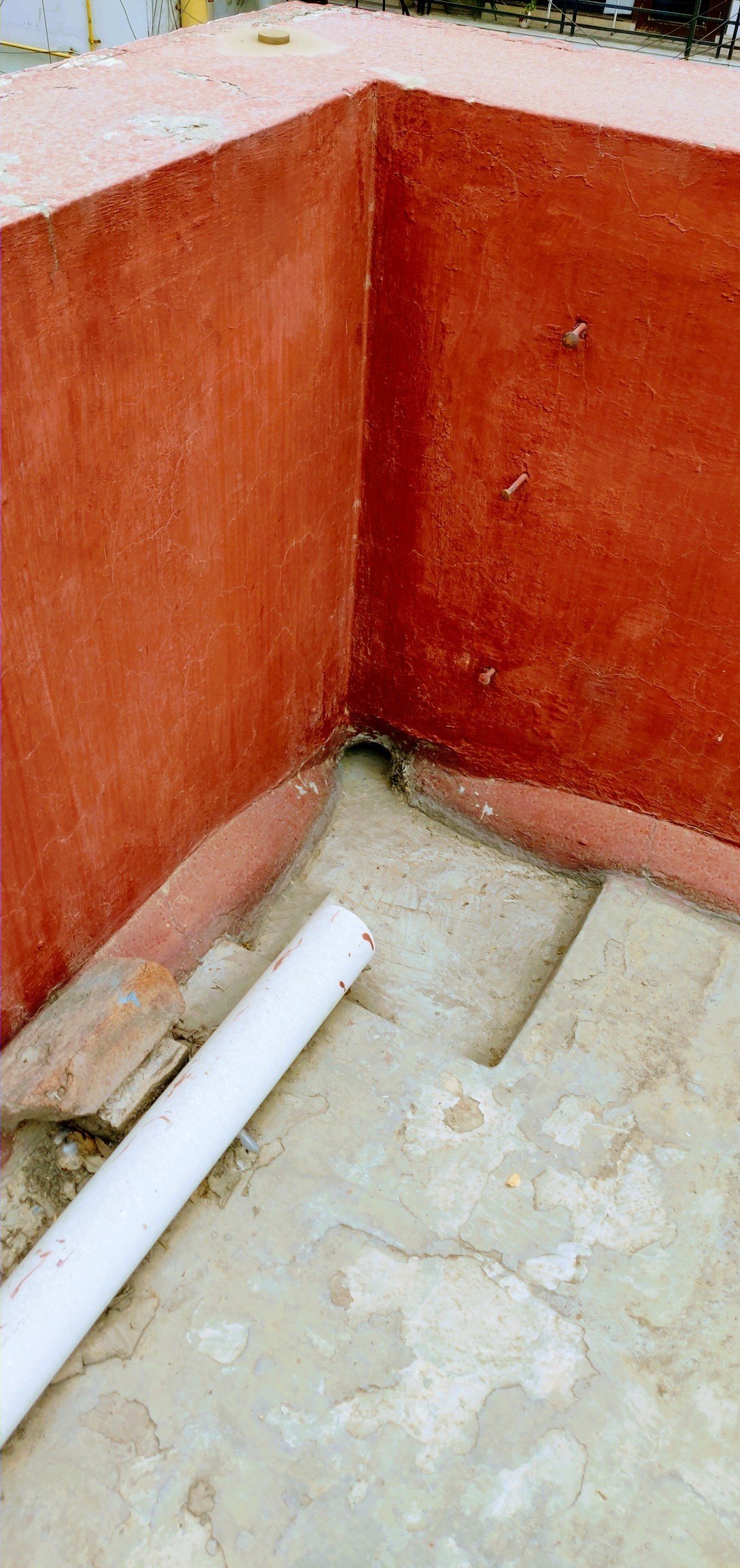Watch “बुंदेलखंड की जल धरोहरों पर साफिया खान से बातचीत, ARVIND, RSTV” on YouTube

Safia Khan has done tremendous work in the area of Bundelkhand heritage and Environment. Here she discusses how ancient Water bodies can be revitalized or restored

Safia Khan has done tremendous work in the area of Bundelkhand heritage and Environment. Here she discusses how ancient Water bodies can be revitalized or restored
As California faces a historic drought, many farmers are relying on groundwater reserves to carry them through the dry season. Pumping groundwater is currently unregulated in California (that could soon change), and drawing on reserves now could cause shortages in the future. Sustainability-minded farmers are looking ahead and using an arsenal of methods to conserve water. Here are just a few.…
Read on
Ambitious dreams have now become a reality as the Ocean Cleanup deploys its $20 million system designed to clean up the 1.8 trillion pieces of trash floating in the Great Pacific Garbage Patch. Check out another Forbes piece on how Ocean Cleanup aims to reuse and recycle the ocean plastic.
Read on…
NITI Aayog is working on a plan to set-up desalination plants along India’s 7,800-km coastline, according to a report in The Economic Times. The plants will desalinate sea water which would then be supplied to population centres through a pipeline network.
This comes at a time when severe water shortages have been observed in major urban areas such as Chennai. Prime Minister Narendra Modi-led government has made countrywide sufficient clean water supply by 2024 a top priority.
Read on…

Presented below are some design ideas in domestic Water Harvesting. The Dimensions are indicative and will vary as per local conditions and situation.

Above is a typical Domestic Water Harvesting Design for a terrace of 2500 Sq ft, with 800 mm of annual rainfall. This part of the article should be read in conjunction with Manohar Khushalani’s interview to ANI which can be read on this link
Below are photographs of the outlets on the terrace. In the photograph, the one on the right is the existing drain pipe. The one on the left is the new drain hole connected to Water Harvesting Structure.

As you can see the terrace is dirty. So block the left outlet. So that dirty water does not go to Water Harvesting Structure, but flows out side to street from the right outlet.

Now clean the terrace, which should preferably be done before the monsoons.

After the first rain, block the drain on the right side and open the left outlet so that rain flows through it to the Water Harvesting Structure for rest of the season.

All the drains from higher terraces will also be diverted like this to the structure

Finally all pipes drop their rainwater to the inlet of water harvesting structure. The video below shows the final route:
Finally watch the exhilarating experience of water cascading into your Water Harvesting Structure as you recharge Mother Earth so that it can quench the thirst of your grandchildren. Appropriately, in this video, below, you will hear the voice of a little girl crying out for her grandmother “Naani!! Naani!!”
Watch Rain Water Cascading Into the Womb of Mother Earth
Normally for a properly maintained domestic water harvesting pit a desilting tank is not required. For large capacity pits for societies and institutions see the details of a desilting tank on the next article in this seties
Water Harvesting: Desilting Tank for removal of suspended impurities | Manohar Khushalani
If there is a space crunch in installing a filter pit at your location, you can use a pipe filter but the filter shown is far far better
Water Harvesting: Pipe Filters where there is a space crunch | Manohar Khushalani
Groundwater over-extraction, waterway degradation, and urban flooding are forcing China’s cities to address a vicious cycle. Sprawling urban development and use of impervious material prevent soil from absorbing rainwater, prompting further investment in infrastructures that typically impede natural processes and worsen flood impacts.
China’s “sponge city initiative” aims to arrest this cycle through the use of permeable surfaces and green infrastructures. However…….
Read on….
Water experts have said that the two principal unpolluted and perennial sources of water are the water in the ground below forests and the aquifers beneath rivers’ floodplains
read on…
Groundwater level in 16 percent of the taluka, mandal, block level units in the country fall under the “over-exploited” category, while 4 percent falls under the “critical” category, government data show.
Groundwater level of the 6,584 block, mandal, tehsil level units assessed by the Central Groundwater Board reveal that 4,520 units fall under the “safe category”, according to the data shared by the government in Lok Sabha last week.
As many as 1,034 units have been categorised as “over-exploited”, the data state
Read on…
Sometimes, modern problems require ancient solutions.
A 1,400-year-old Peruvian water-diverting method could supply up to 40,000 Olympic-size swimming pools’ worth of water to present-day Lima each year, according to new research published in Nature Sustainability.
It’s one example of how indigenous methods could supplement existing modern infrastructure in water-scarce countries worldwide.
Read on….